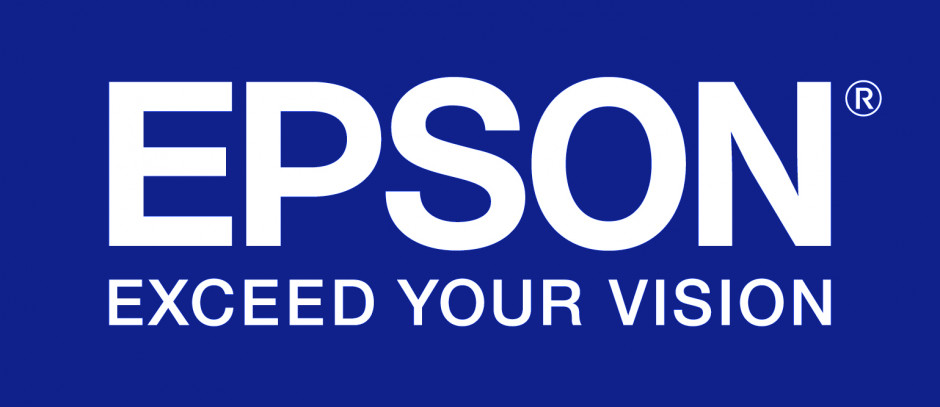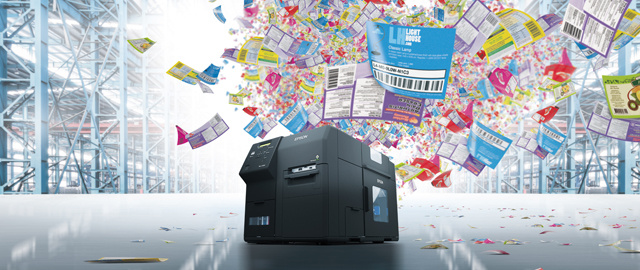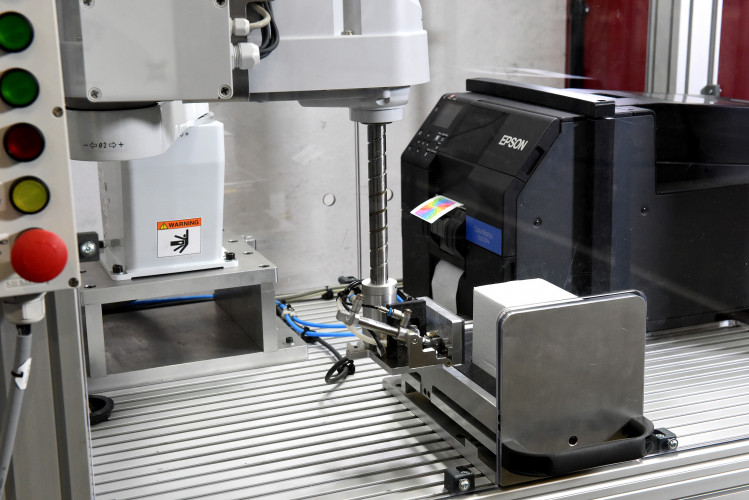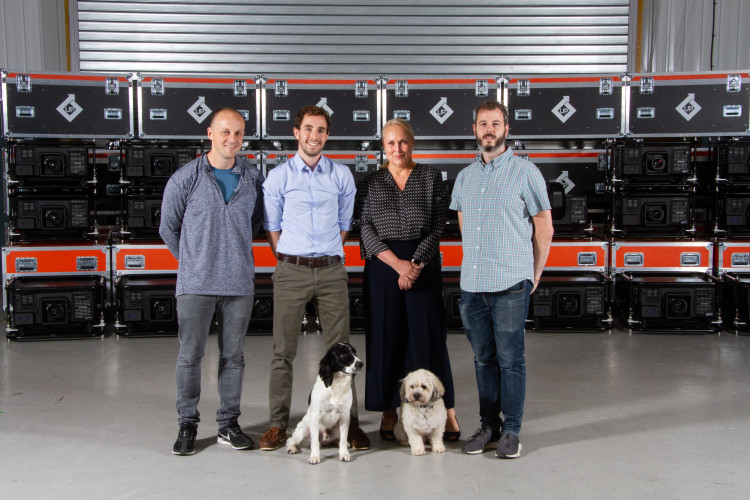The convergence of productivity and sustainability in labels
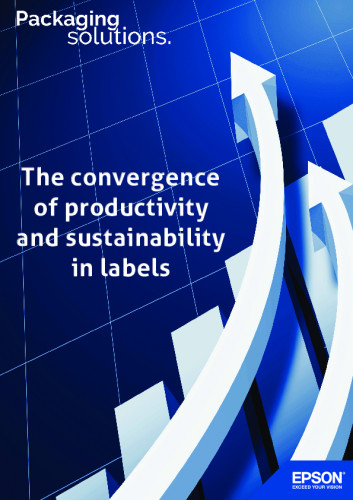
The packaging and labels market is hugely diverse, yet no matter what area is served, there are typical issues that apply to all. Foremost amongst these are the increasing need for more productivity within supplier and producer businesses, the call from the brands for more creativity, and the overriding aspect of sustainability and environmental care, which often now sets the foundation and guidelines for every project.
The ‘Convergence of sustainability and productivity’ survey was instigated as part of a knowledge generation initiative, which also included a round table discussion to drill down in more depth as to issues and opinions in the label market. This discussion was then opened up further to include a wider range of companies to identify trends, pressure points, and future needs, whilst also focusing on innovation within labels today.
One of the key elements of the existing market is the growth of digital print technology, which allows more companies than ever before to print their own labels in-house.
There has long been a requirement for a seamless marriage of label production flexibility and speed without compromising on quality. The challenge has been to develop a label printing solution that offers this agility, productivity and quality, but which is also, ultimately, more commercially beneficial and environmentally sustainable – two requirements that have often stood at opposite ends of the spectrum of possibilities.
Digital print also has to be simple to use and easy to understand, and the design of label software has to be intuitive, as non-commercial printers are starting to make use of it.
That riddle of melding those characteristics that make digital label printing appropriate for in-house production has been solved. The technology is available right now. But is this market looking for more than technology?
So, what is happening? Are more brands bringing their label printing in-house, or do they still prefer to outsource? And, what are the reasons that cause them to make this decision?
Today, there are many more options for innovation and really clever interaction between the label itself and the consumer. But, do brands know enough about what digital print can do for them? Do they understand the uses of variable data and intelligent labelling? Are they reliant on what they are being ‘sold’ by their suppliers, or are they confident enough to take the technology in-house and print on-demand?
Whilst productivity and sustainability are coming together as an essential element in every business, cost efficiency is still vitally important and being able to prove return on investment has become a necessity rather than a nicety. Can digital print help with that too? The survey highlights how labelling decisions have changed and how the need for constant customer interaction and the drive to gain loyalty are motivating brands.









